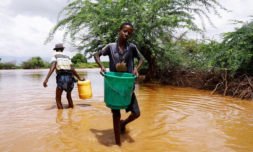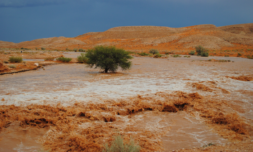Tanzania is grappling with ongoing floods that have claimed lives and left thousands of people affected across the country. Triggered by heavy rainfall, the floods have wreaked havoc causing extensive damage to infrastructure and livelihoods.
In the last two weeks, the ongoing floods have been catastrophic, with official reports indicating a death toll of 58 people and affecting over 120,000 across the country.
Heavy rainfall, swollen rivers, and inadequate infrastructure have compounded the situation, leading to the widespread destruction of homes, roads, and agricultural land. Regions such as Dar es Salaam, Dodoma, and Morogoro have borne the brunt of this disaster, battered by severe flooding and landslides.
The human cost of the floods is profound, with families torn apart, livelihoods destroyed, and communities displaced. Thousands continue to flee their homes, seeking refuge in overcrowded shelters such as schools and makeshift camps.
Access to clean water, food, and healthcare has become increasingly challenging, exacerbating the vulnerability of those affected. Children continue to face disruptions to education and heightened risks of disease outbreaks reported in Tanzania.




















